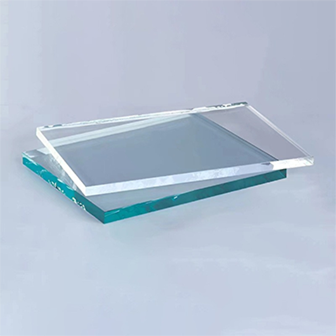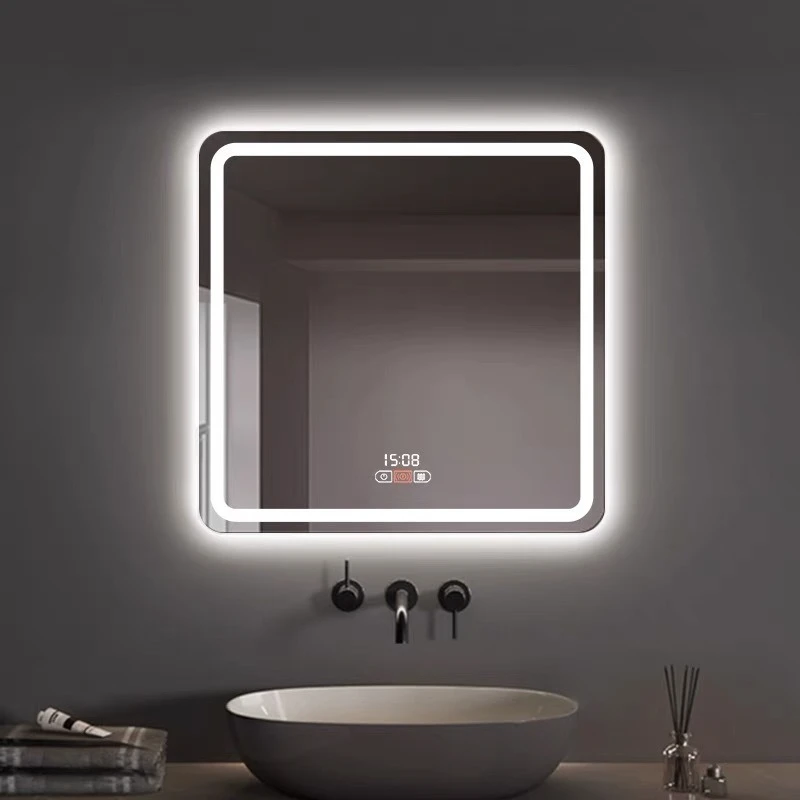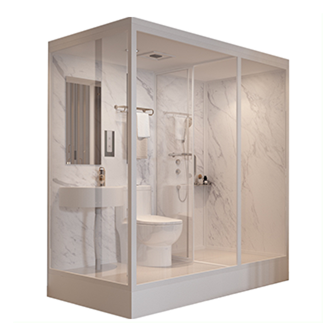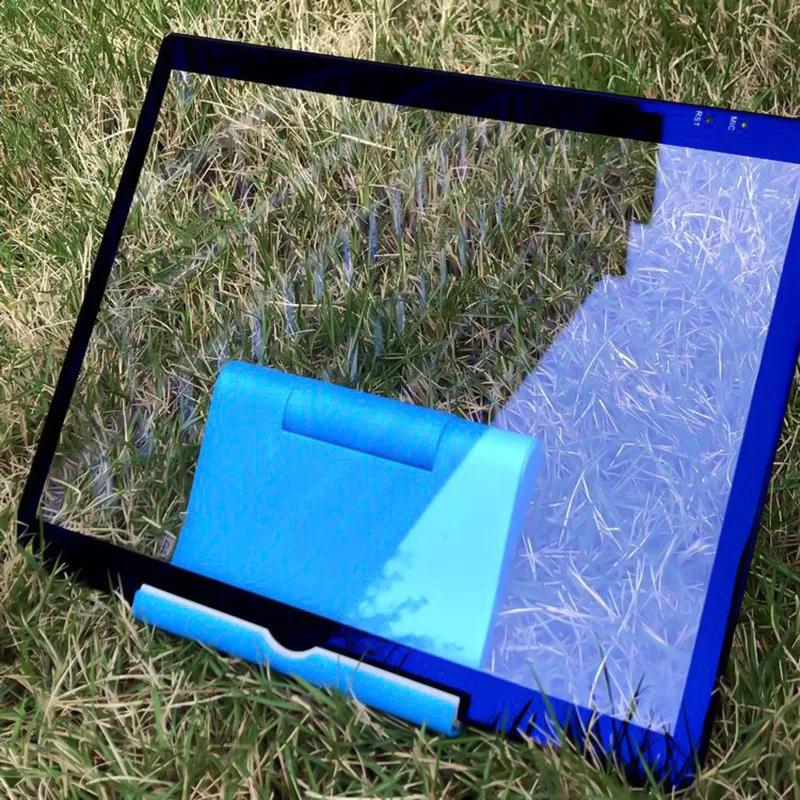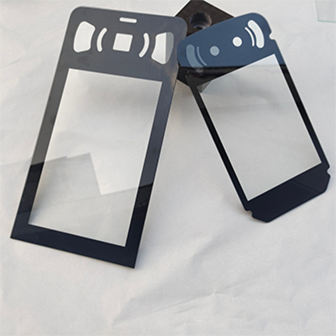Sep . 23, 2025 09:20 Back to list
Black Float Glass: A Special Material In The Interweaving Of Light And Shadow
In the glass family, Black Float Glass has become a distinctive material in fields such as architectural decoration and art design due to its unique color and texture. It not only continues the smoothness of float glass, but also showcases a unique visual charm due to its deep black tone.

The birth of Black Float Glass originated from a special manufacturing process
The production of black float glass follows the basic process of float glass, using quartz sand, soda ash, limestone, etc. as raw materials, which are melted at high temperature to form glass liquid. The difference is that specific coloring agents such as iron, cobalt, nickel and other metal oxides are added to the raw materials, and these components are evenly distributed during the melting process, making the glass appear rich black. When the glass liquid floats on the surface of the molten tin liquid, the surface tension of the tin liquid ensures that the glass surface is flat and smooth. After cooling and forming, it forms Black Float Glass with uniform texture and low transmittance.
Unique performance makes Black Float Glass stand out in numerous scenarios
The black float glass has extremely strong light blocking properties, which can effectively block the penetration of light, providing an ideal choice for places that require private spaces or dark environments. At the same time, its surface is as smooth as a mirror, with good decorative properties, and can present diverse effects through cutting, coating and other processing methods. In addition, it also has the high strength and stability commonly found in float glass, with good impact resistance and heat resistance, and can adapt to the needs of different environments.
Black Float Glass has a wide range of applications
In architectural decoration, colored float glass is often used for curtain walls or partitions in high-end office buildings and villas, which can create a calm and atmospheric appearance while ensuring indoor privacy; In interior design, it can be used as background walls, screens, and other elements to enhance the sense of hierarchy and artistic atmosphere of the space through light and shadow contrast. In furniture manufacturing, deeply processed Black Float Glass is commonly used for tabletops, cabinet doors, and other components, adding a modern and minimalist style to furniture. In addition, its presence can also be seen in some special scenes such as photography studios and laboratory shading facilities.
With the upgrading of design concepts, the application forms of Black Float Glass continue to innovate
By combining with materials such as metal and wood, more textured decorative combinations can be created; The integration of coating technology can enhance its practicality by combining insulation and UV protection functions. At the same time, in the field of artistic creation, artists use their black characteristics, combined with carving, sandblasting and other techniques, to create tension rich installation works, expanding the artistic expression boundaries of materials.
In summary, when cutting float glass into different panels, it not only meets practical usage needs, but also injects more possibilities into its design with its deep color. With the advancement of technology and the burst of creativity, Black Float Glass will shine in more fields and continue to demonstrate its unique value.
Black Float Glass FAQs
What is Black Float Glass?
Black Float Glass is a dark colored glass produced through a special process, manufactured using float glass technology, which is formed on the surface of molten tin. Its unique black tone comes from the metal oxide coloring agents added during the production process, such as iron, cobalt, and other elements. This type of glass not only has the characteristics of high flatness of ordinary float glass, but also effectively absorbs visible light and infrared radiation. The transmittance is usually between 20% and 50%, making it suitable for scenes with high requirements for light shielding and privacy.
What are the main uses of Black Float Glass?
Black Float Glass is widely used in the decoration fields of building curtain walls, doors and windows, partitions, etc., which can create modern and simple visual effects. In the automotive industry, it can be used for rear windshields or side windows, with both sun shading and aesthetic functions. In addition, due to its heat absorbing properties, it is also commonly used in solar equipment components or art installations that require control of light. Some electronic products will also use it as a shell material to enhance the texture of the product.
What are the advantages of Black Float Glass compared to regular glass?
Compared to ordinary transparent glass, Black Float Glass can significantly reduce glare, lower UV transmittance, and protect indoor items from sunlight fading. Its heat absorption characteristics can regulate indoor temperature and save energy consumption. In terms of privacy protection, dark surfaces can create a unidirectional visual effect. At the same time, its strength is comparable to ordinary float glass, but its unique color gives the design more possibilities, especially suitable for high-end decorative projects.
How to properly clean and maintain Black Float Glass?
Neutral cleaning agents and soft, lint free cloths should be used during cleaning to avoid scratching the surface with hard tools. Stubborn stains can be gently wiped with alcohol solution, but immediately rinsed with clean water. During daily maintenance, it is necessary to stay away from acidic and corrosive substances, and regularly check the sealing of the frame to prevent water leakage. For Black Float Glass on building facades, it is recommended to have a professional cleaning every quarter to maintain its transparency and aesthetic appeal.
What are the special requirements for the production process of Black Float Glass?
Accurate control of the furnace temperature (approximately 1500 ℃) and tin bath environment is required during the production process to ensure uniform distribution of metal oxides. The ratio of coloring agents directly affects the blackness and transmittance of glass, and usually requires multiple small sample tests. The annealing stage should be slowly cooled to avoid uneven internal stress. The finished product also needs to undergo deep processing such as tempering or laminating to enhance safety. The entire process requires extremely high purity of raw materials and equipment accuracy, and any deviation in any link may lead to color difference or optical defects.
-
Types of Reflective Glass
NewsNov.17,2025
-
What Is Dichroic Glass?
NewsNov.17,2025
-
Smart LED mirrors can have touch controls
NewsNov.17,2025
-
Laminated glass improves energy efficiency
NewsNov.17,2025
-
Insulated glass enhances building comfort
NewsNov.17,2025
-
Acid etched glass offers elegant privacy
NewsNov.17,2025
Related PRODUCTS


